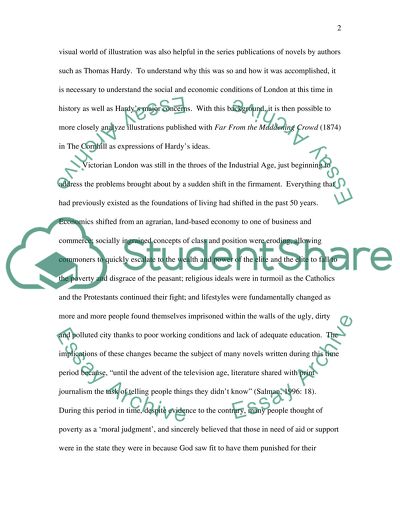Cite this document
(“Supplementing Meaning Through Illustration Essay - 3”, n.d.)
Supplementing Meaning Through Illustration Essay - 3. Retrieved from https://studentshare.org/literature/1544418-see-attached
Supplementing Meaning Through Illustration Essay - 3. Retrieved from https://studentshare.org/literature/1544418-see-attached
(Supplementing Meaning Through Illustration Essay - 3)
Supplementing Meaning Through Illustration Essay - 3. https://studentshare.org/literature/1544418-see-attached.
Supplementing Meaning Through Illustration Essay - 3. https://studentshare.org/literature/1544418-see-attached.
“Supplementing Meaning Through Illustration Essay - 3”, n.d. https://studentshare.org/literature/1544418-see-attached.


